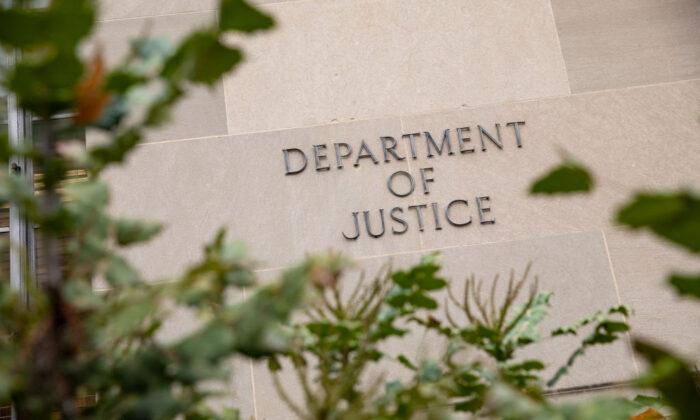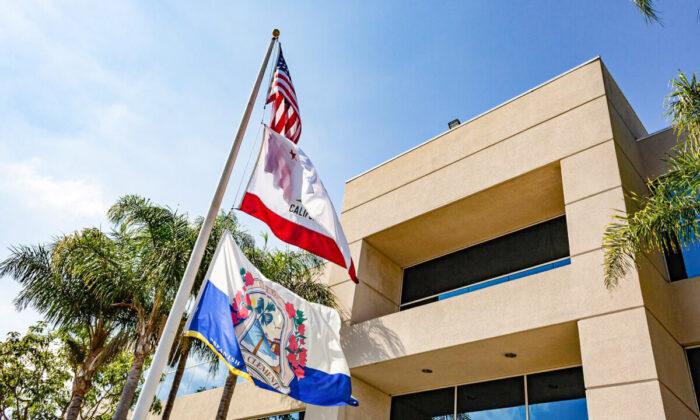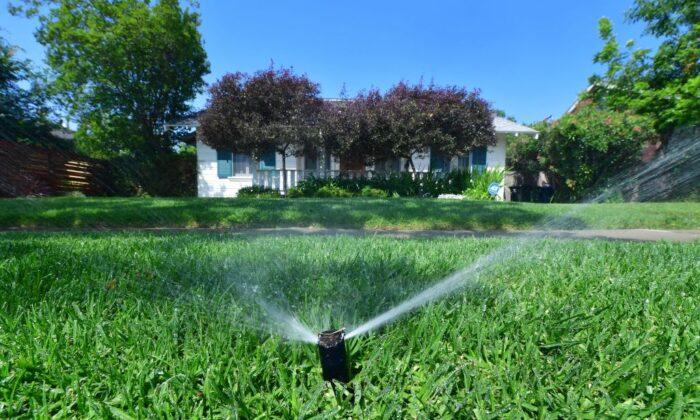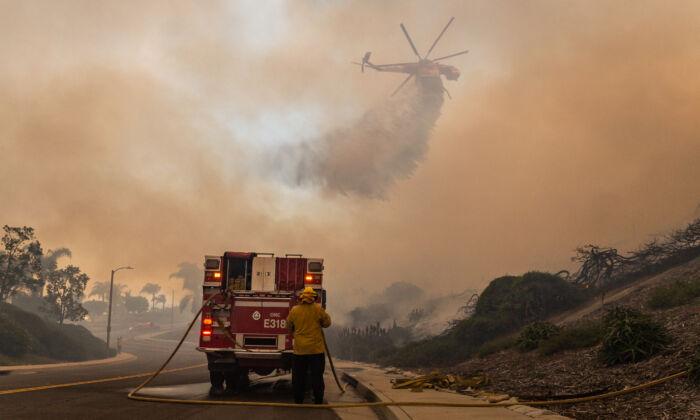LAGUNA BEACH, Calif.—In an attempt to preserve the local environment, a grassroots political action committee created an initiative measure that would require voter approval for large-scale developments.
“The ‘Don’t mess with Laguna’ attitude is a pretty common theme amongst a lot of people here,” David Raber, principal officer for Laguna Residents First (LRF), told The Epoch Times.
Raber, who authored the organization’s ballot initiative, the Beautiful Laguna Overlay Zoning District, said it allows the city council to hear the voice of local property owners and acts as better protection for the value of their property.
“We took a look at the things that have allowed time to be kind to Laguna Beach, and a lot of those are in the current zoning ordinances,” he said. “But they have come under pressure with the developments and general trends of Southern California to increase density.”

- Combines two or more lots exceeding 7,500 square feet of lot area or 6,000 square feet in downtown lots
- Exceeds 22,000 square feet of floor space
- Exceeds the existing 36-foot permitted height limit
- Increases traffic by at least 200 additional daily trips
- Exacerbates parking
- Produces a “cumulative effect” with other properties, causing more than 800 average daily trips, or construction of more than 88,000 square feet of gross floor area.
It also excludes public or private K–12 schools, hospitals, or houses of worship.
“We think it will help achieve the balance between the residents,” Raber said. “There’s so much commercial property in Laguna Beach, and we’re hoping that it continues to be used and reused effectively as the years go on, rather than tear things down and have to build some big hotel that is out of place.”
Michael Ray, principal officer of Laguna Forward, a political action committee, said that after commissioning a poll asking residents if they support the initiative, 70 percent voted against it.
“When you explain the consequences about how it strangles businesses, they said no,” Ray told The Epoch Times. “They rely on the city council to make those decisions.”
Laguna Beach City Councilman Peter Blake also opposes the initiative.
Blake, who took office in 2018, said the initiative blocks all new businesses and developments from moving the community forward.
“The residents of this community are smart enough not to vote for this,” Blake told The Epoch Times. “That’s why it’s taking [LRF] so long to get the signatures.”
In October, 24 Laguna Beach residents sent a letter to Mayor Bob Whalen addressing concerns over the ballot proposal.
While LRF claims the initiative encourages innovation in the parameters of preserving Laguna’s look and feel, the 24 opposing representatives believe adding a “lengthy and expensive” step in the permitting process could discourage investment and innovation for property owners and investors.
“These right-sized improvements won’t occur with the Proposal’s broad-brush additional red tape applied to all commercial neighborhoods and many residential developments,” the residents wrote in the letter.
The “red tape” the letter refers to imposes added fees to the approval process.

One of the residents, Joe Hanauer, a principal at Combined Investments, published an opinion piece for the Laguna Beach Independent along with the letter to the city’s mayor attached. He wrote that if a small retail store attempts to open within 750 square feet of Pacific Coast Highway or Laguna Canyon Road and increases traffic with 200 (or more) daily trips, the development is subject to a public vote.
The vote and process could cost more than $100,000 in fees and promotions alone with no approval guarantee, he said.
“No investor will devote time or money to undertake risks associated with a public ballot. Yet the aging condition of our business neighborhoods would continue to deteriorate, and the innovation and creativity that formed today’s Laguna will disappear. Investment will be stifled,” the letter reads.
Despite the concerns, the residents agree with other components of the ballot measure, such as the 36-foot height limit or prohibiting monolithic, large-scale developments that would diminish the city’s charm.
If anything, the naysayers welcome creating a counter initiative without impacting beneficial developments as an alternative to the LRF proposal.
“We all want the same thing,” Blake said.
According to Raber, the initiative requires 1,700 signatures, and LRF needs “maybe a few hundred signatures left” by the end of the year.
“The provisions for the ballot have been definitely thought through and vetted ... and we are still satisfied that the balance of protection versus opportunity has been achieved,” he said. “We definitely encourage people to vote for it.”

Carolyn Burris, a former third-generation Laguna Beach resident, and granddaughter of the original owner and builder of the Coast Inn, a hotel built in 1927, supports the initiative.
She said preserving the historic nature of the city’s architecture needs more attention, and she disapproves of the city’s current trajectory with new developments.
“The leadership needs to embrace the residents,” Burris told The Epoch Times. “And if the initiative will help give us a voice, then maybe we have a fighting chance.”
Beth Leeds, 80, a long-time resident, said the city needs to talk about the initiative, citing the increase in traffic imposed by current construction and new developments, which permeates parking problems into the residential neighborhoods off the main drag.
“Towns get ruined for profit to developers,” Leeds told The Epoch Times. “This puts everything out in the open, and people will make up their own minds.”





